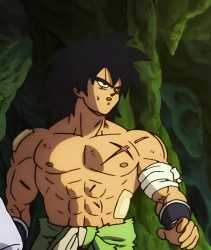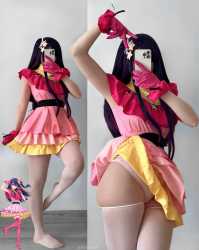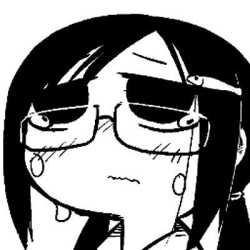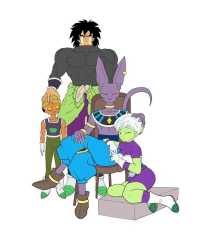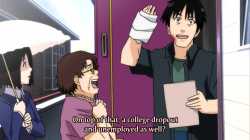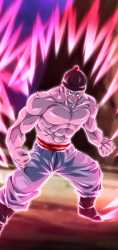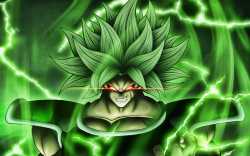
244KiB, 1920x1080, [HorribleSubs] Gabriel DropOut - 05 urge to bully rising.jpg
Quoted By:
/Talpis/ thread. She is not for bullying or lewding
lets try to have at least one Gabriel Dropout thread today that doesn't end in shitposting about the subs
lets try to have at least one Gabriel Dropout thread today that doesn't end in shitposting about the subs
